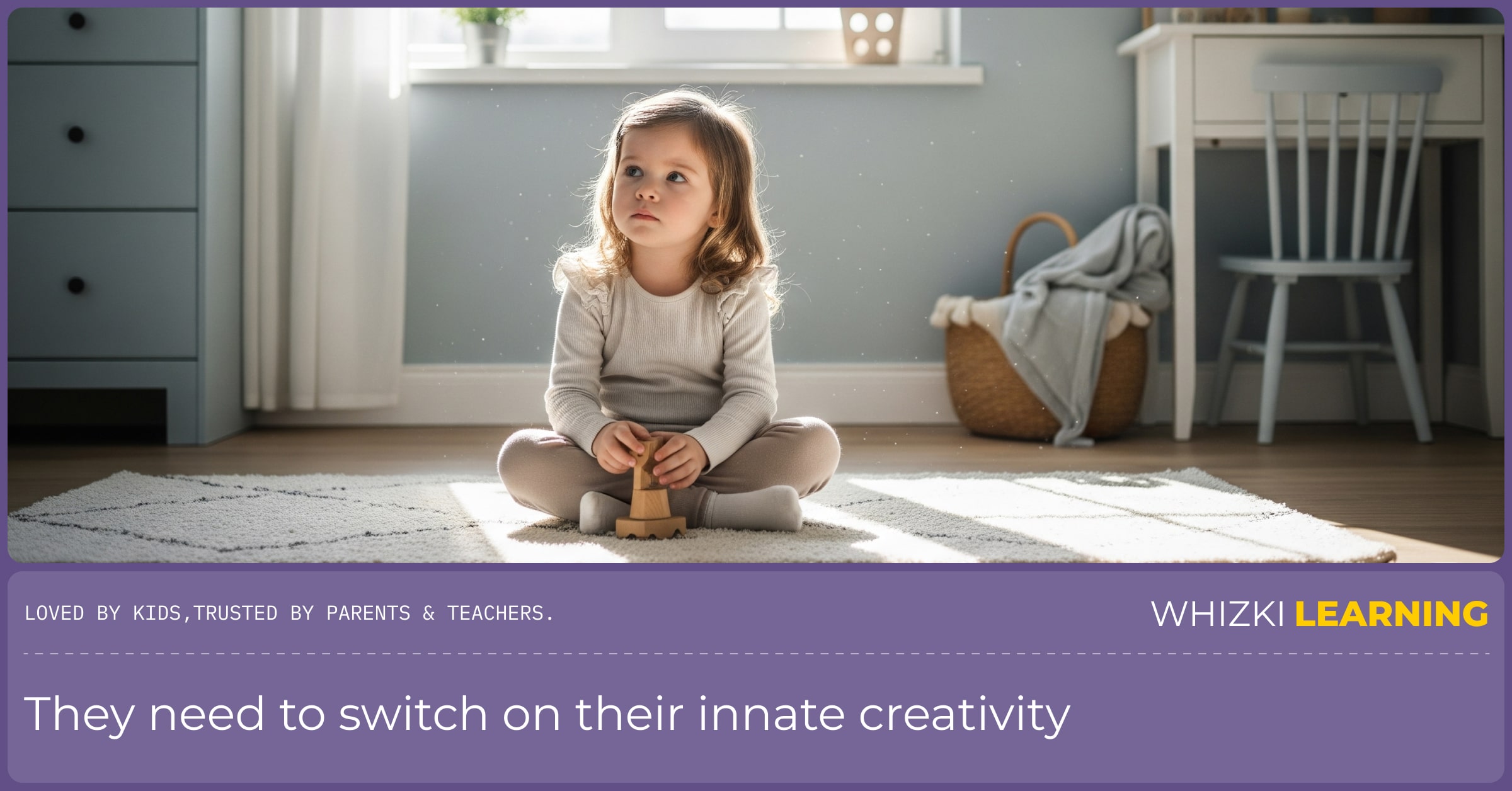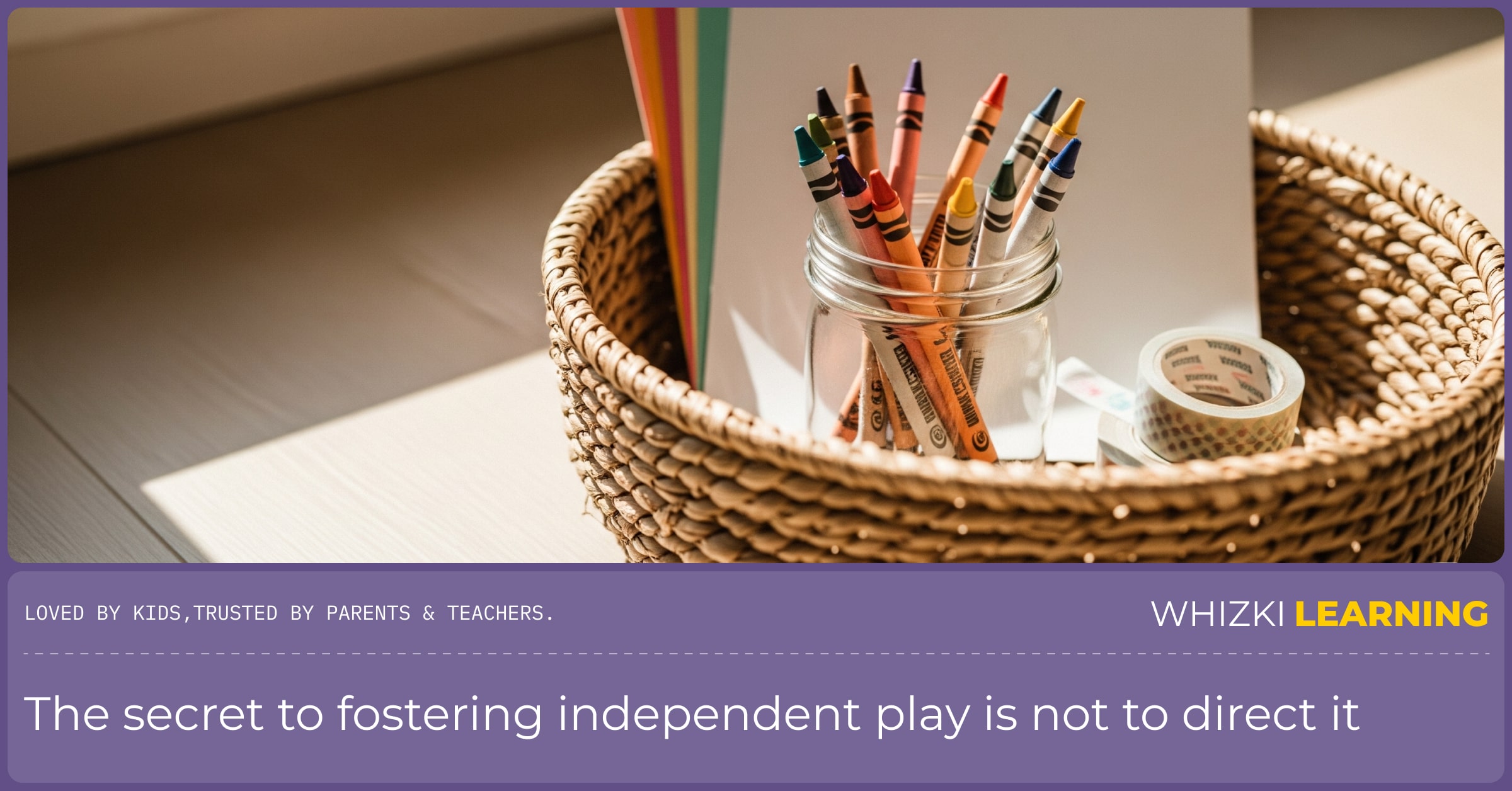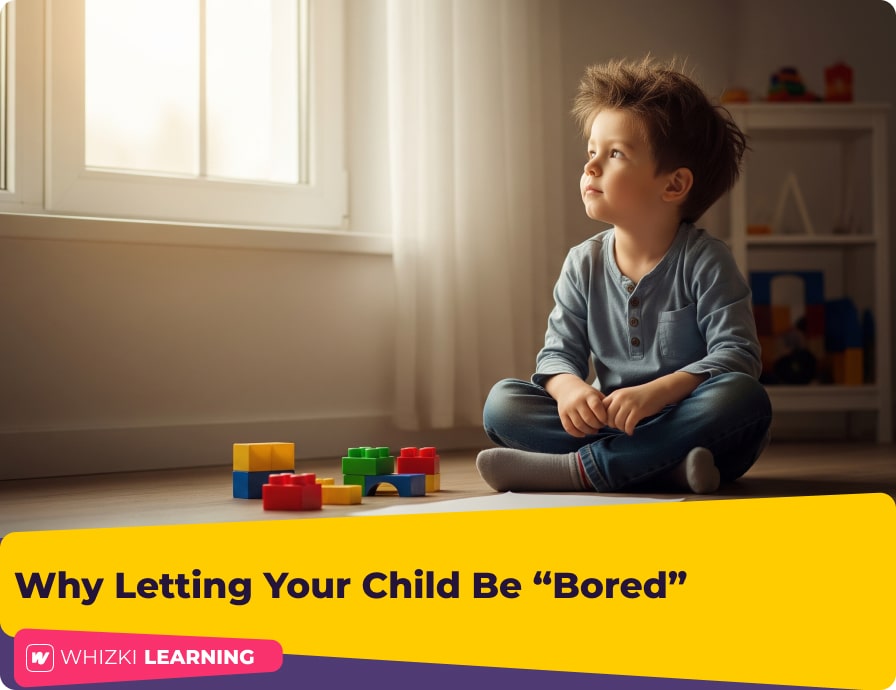It's the phrase that can make even the most patient parent’s eye twitch. It often comes as a long, drawn-out whine from the living room floor: 'Moooom... Daaad... I'm boooored.' Our immediate, deeply ingrained instinct is to spring into action. We feel a surge of parental responsibility to fix this problem, to fill the void. We become frantic entertainers, suggesting activities, pulling out toys, and, when all else fails, reaching for the easiest, most effective boredom-buster ever invented: the screen.
But what if that plaintive cry, 'I'm bored,' isn't a complaint to be silenced? What if it’s an announcement? What if your child is actually saying, 'My brain is done consuming information. I am now ready to start creating.'?
The most creative adult is the child who has survived.- Ursula K. Le Guin
This guide is a call for a gentle rebellion. It’s about reclaiming boredom as a productive, necessary, and even beautiful part of childhood. We will explore the surprising science of what happens in a 'bored' brain and provide you with a practical, step-by-step guide to becoming a 'Guardian of the Gap'-the quiet, unstructured space where your child discovers their own imagination. This is your permission slip to stop entertaining and start empowering.
The Busy Emptiness: The Surprising Brain Science of Boredom
For decades, we’ve treated boredom like a negative state. But neuroscientists are discovering that it’s during these periods of 'doing nothing' that our brains are often doing their most important work. When your child is lying on the floor, staring at a dust bunny, their brain isn't 'off'-it's activating a powerful system called the Default Mode Network (DMN).
Think of the DMN as the brain's 'imagination and daydreaming network.' It's the part that connects old memories with new ideas, engages in self-reflection, and plans for the future. It's the birthplace of creativity. However, this network only truly activates when the brain is not focused on an external, goal-oriented task. Constant stimulation, especially from fast-paced screens, keeps this network suppressed. By allowing for moments of boredom, we are literally giving our children's brains the downtime they need to switch on their innate creativity and build a strong sense of self.

A How-To Guide: Responding to 'I'm Bored' in 4 Steps
So, how do we do it? How do we resist the urge to 'fix' the boredom? We follow a simple, four-step process that validates our child while empowering them to find their own fun.
A four-step guide for parents to help their children move through boredom and into a state of creative, independent play.
Step 1: The 'Empathy & Pause' Acknowledgment
Your first job is not to offer a solution, but to offer connection. The feeling of boredom can be genuinely uncomfortable for a child used to stimulation. Acknowledge their feeling without taking responsibility for it.
Your Script: Kneel down to their level, make eye contact, and say with warmth:
'It sounds like you're looking for something interesting to do right now.''I hear you. That feeling of not knowing what to do next can be tricky.''Thanks for telling me how you feel.'
Then, the most important part: pause. Don't rush to the next step. Just sit with them in that feeling for a moment.
Step 2: The 'Boredom Invitation' Station
The secret to fostering independent play is not to direct it, but to invite it. Instead of a room overflowing with toys (which can be overwhelming), create a simple, rotating 'boredom invitation' station. This is a designated spot with a small, curated selection of open-ended materials.
What it could be:
- A simple wicker basket with blank paper, a jar of crayons, and some stickers.
- A tray with a lump of play-doh and a few interesting 'tools' like a plastic knife and a rolling pin.
- A small collection of LEGOs or wooden blocks on a rug.
The key is that it's simple, accessible, and doesn't have a 'right' way to be used.

Step 3: The Gentle Prompt (Not a Solution)
After you've validated their feeling and ensured there's an 'invitation' available, you can offer a gentle nudge-not to tell them what to do, but to spark their own imagination.
Your Script:
'I wonder what kind of stories those blocks could tell today?''This blank piece of paper has a secret picture inside. I wonder what it is?''If you were the boss of the whole afternoon, what would you decide to create?'
Notice that these are all 'I wonder' or open-ended questions. You are positioning yourself as a curious partner, not a director.
Step 4: The Strategic Retreat
This is the hardest and most important step. After validating, ensuring an invitation exists, and offering a gentle prompt, you must leave them alone. Go to the kitchen and start dinner. Pick up a book and read it on the couch. Your physical withdrawal gives them the space and autonomy to take the final, crucial step into their own world of play. They need to know that you trust them to be the master of their own entertainment. This is where the magic happens.
Whizki Workbooks: The Ultimate 'Boredom Invitation'
So where do our workbooks fit into this? They are the perfect tool for a parent who wants to create a powerful 'Boredom Invitation.' A fun educational workbook placed on the coffee table is not an assignment; it's a world of interesting problems waiting to be solved.
When a 'bored' child picks up a Whizki workbook on their own, the dynamic is transformed. It's no longer 'homework.' It's a self-directed adventure. They are choosing to engage their mind. They are taking ownership of their own learning. The maze in a critical thinking-focused workbook becomes their personal challenge to conquer. A page of tracing and writing practice becomes a meditative, calming activity they chose for themselves. By providing these high-quality, screen-free resources, you are giving your child a toolkit they can use to pull themselves out of boredom and into a state of creative flow.
The Gift of Doing Nothing
Embracing boredom is one of the most counter-cultural, and loving, things we can do for our children in a world that screams for their constant attention. It’s a declaration of trust in their innate creativity and resilience. So the next time you hear that familiar whine, 'I'm bored,' try to smile. Your child is on the verge of a breakthrough. Your only job is to get out of the way and watch the magic unfold.






